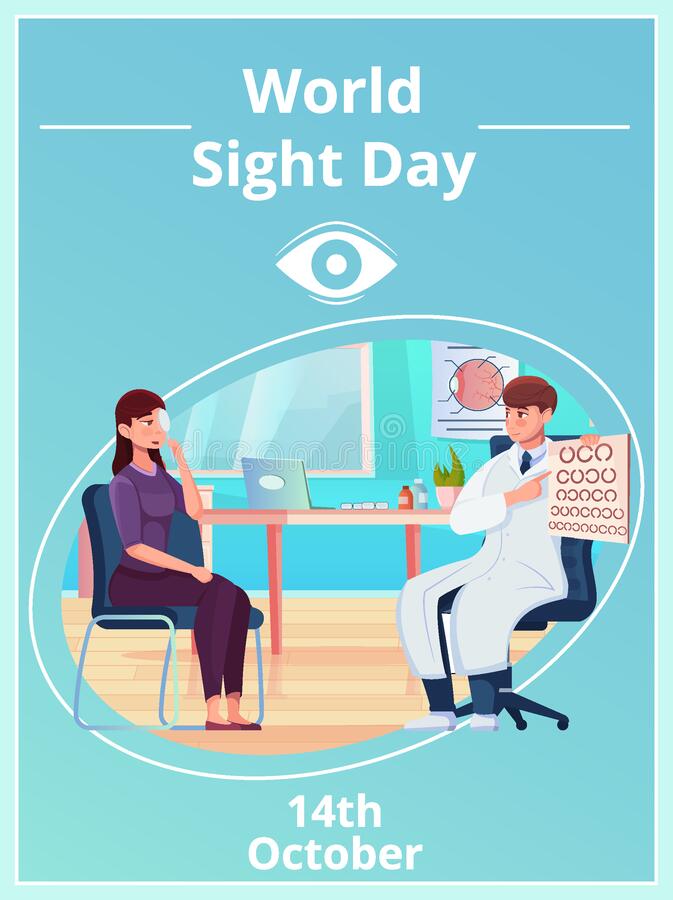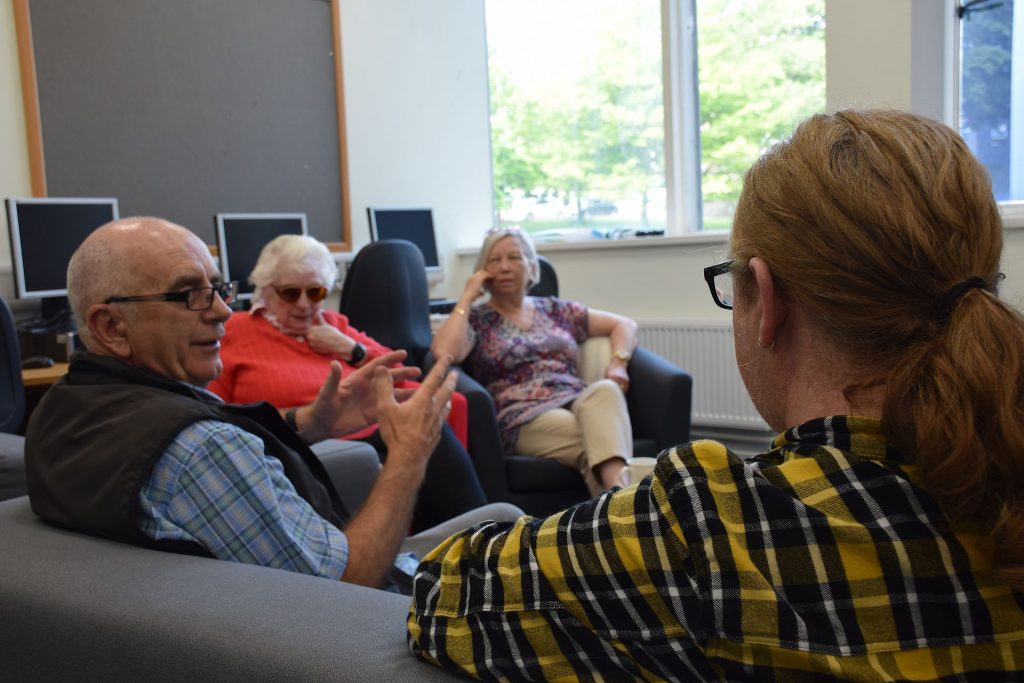Media staff Dr Yan Wu, Dr Rhys Jones and Dr Leighton Evans have been working on an important project – their report becomes public on 14th October 2021 – WORLD SIGHT DAY… Yan explains…
World Sight Day is an annual occasion to focus global attention on vision impairment, including blindness. This year, Swansea University scholars have released a report to provide insights into how visually impaired communities can access and use digital technology.
Our own Dr Yan Wu, Dr Leighton Evans and Dr Rhys Jones teamed up with computer scientists Dr Leigh Clark, Dr Stephen Lindsay and Dr Martin Porcheron to conduct empirical research with sight-impaired users thanks to the generous funding from CHERISH-DE and trustworthy partnership with the RNIB.

Their research first points out that sight impaired users benefit tremendously from digital media and communication technology and inclusive design. Sustained digital trainings play an important role in disseminating knowledge, implementing changes, triggering bottom-up approaches to peer learning and self-learning. However, the report also reveals the barriers faced by sight impaired users in accessing digital devices, websites, apps and service. In a highly competitive market, and the tech industry and service industry tend to focus on the most active and affluent users. So while sensory impaired users are overlooked in this market-driven and technology-oriented approach, accessibility features are often treated as add-ons to ‘fix’ any potential problems if needs must, resulting in incompatibility in operating systems, web browsers, mobile devices, and platforms.

The outbreak of the COVID-19 global pandemic in 2020 has heightened society’s digital reliance. Lockdown measures changed how people work, socialize, travel and get information, service and entertainment. Such changes have a particular impact on visually impaired communities and could exacerbate the existing digital inequalities.
In order to tackle such challenges, the Swansea scholars recommend better standardisation through adherence to, development and refinement of appropriate design guidelines and best practice. They also encourage a bottom-up approach for web and app accessibility guidelines, involving users into the process of technology design and development would assure the technology capacity is tailored around the need of the user. Ultimately, inclusive design is to improve the quality of life for everyone, whatever their ability.